MY LAST WORD: Semifinal syndrome, sympathy factor and how our women hockey is entangled in a cobweb of its own making
MY LAST WORD: Semifinal syndrome, sympathy factor and how our women hockey is entangled in a cobweb of its own making
Share
K. ARUMUGAM
Indian women’s hockey seems to be affected by a twin factor: The semifinal syndrome and sympathy factor. That realization dawned after a 0-4 semi-final humiliation by hosts and eventual gold medalists China at the recent 2022 Hangzhou Asian Games. This particular game ought to be analyzed and properly understood, the lessons learnt properly incorporated in the future road map.

The semi-final hurdle could be deduced by analyzing data from 2010 when the IHF and IWHF merged and a single body came into being. Having been administered by a unified body, both men’s and women’s hockey got a fair deal in almost everything that counts for national elite programs.
The difference, however, is that women do not get as much internal international experience (hosting test series or tournaments). However, this is the case with the entire Asian women’s hockey ecosystem, including present Asian Games finalists South Korea and Japan China. Theirs is worse than ours.
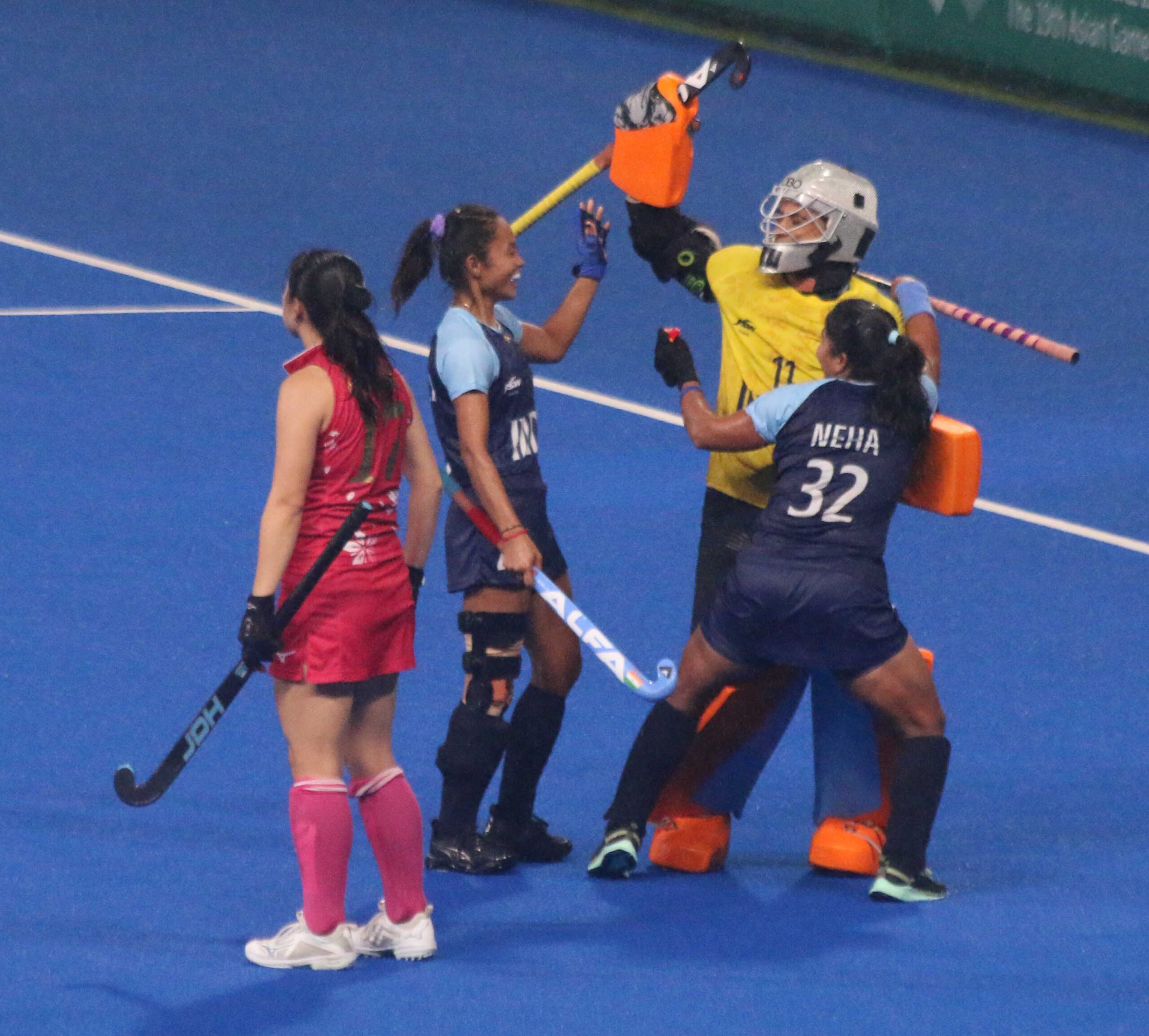
Indian women hockey team played well in patches. Over all, it was a letdown.
Since 2010, Indian women have not overcome the “semifinal syndrome”, with the lone exception of the 2018 Jakarta-Palambeng Asian Games. However, it came back to haunt them in the same city at the Asia Cup three years later.
The men have won two Asian Games gold from Guangzhou to date. Whereas the women have had to be content with two bronze and a silver. And to think, the Indian women were top seeds in the last three Asian Games!
On most occasions, our women stuttered for inexplicable reasons — as was the case in Hangzhou.
At Guangzhou, where the event was held on a round-robin basis, the Indian women lost to both Japan and South Korea in the pool to finish fourth. They then went down to Japan (0-1) in the bronze medal play-off. India put it across Japan in the next Asiad in Incheon but that was in the bronze medal match after losing the semifinal to South Korea 1-3.
Young Deepika in action at Hangzhou
2018 was a bit of an improvement. India beat China 1-0 but went down to Japan 1-2 in the final. In 2016 India then held both the Asia Cup and Asian Champions Trophy and was ranked above Japan, their eventual conquerors, in the FIH charts. Rani Rampal’s team came up short against Japan whom they beat more often than not in the preceding two years!
India was top-seeded in Hangzhou but did not live up to the billing.
It was evident to anyone in the stadium that our women were struggling and stuttering from the beginning and looked far from invincible (this is certainly not a statement in hindsight. I told many that our women are not playing like they should at a championship after witnessing them play for a week!)
When a stern test came against the only other strong team in the pool, South Korea, it ended in a 1-1 draw. Four years earlier in Jakarta, India outplayed the same opponents 4-1.
It’s clear that the Indian women fall flat when a crucial match arrives with two notable exceptions – the Jakarta Asian Games semi-finals and the Tokyo quarterfinal vs Australia (1-0).
It was painful for me to see how India caved into South Korea in the Muscat Asia Cup semi-final, the first event post-Tokyo. Many in the crowd certainly opined India succumbed to semi-final pressure! Two of Savita’s clearances were so weak that the Korean girls managed to pounce on rebound to score the equalizer and winner. However, India won Bronze at the cost of China!
A bronze medal is far better than returning empty-handed, but why not the ultimate title?
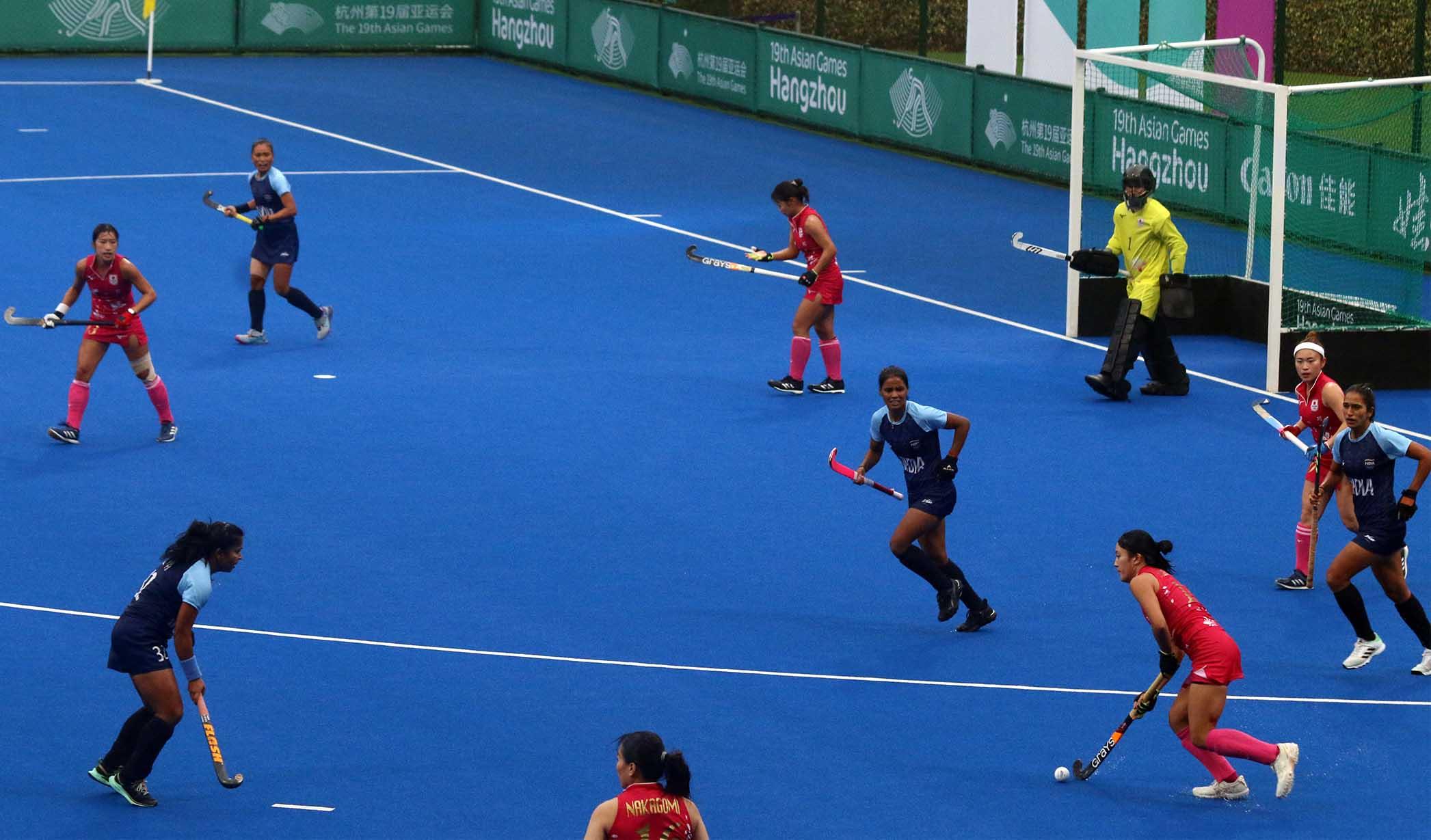
Senior players did not set turf on fire when needed
Several teams that are traditionally equal to India but enjoy far less in terms of preparation, international exposure, or even popularity, win titles. India, on the other hand, have failed to win even a single gold medal after the 1982 Asian Games. This despite enjoying the benefit of funding since the 2010 Commonwealth Games opened the Government’s purse.
Like the men, the women’s team has also gained from competent coaches and support staff.
In the run up to Hangzhou in 2023 alone, India took South Africa in South Africa, Netherlands and Germany on their soils and then played a tough series against Australia in Australia. In December 2022, it played FIH Nations Cup. No less preparation indeed.
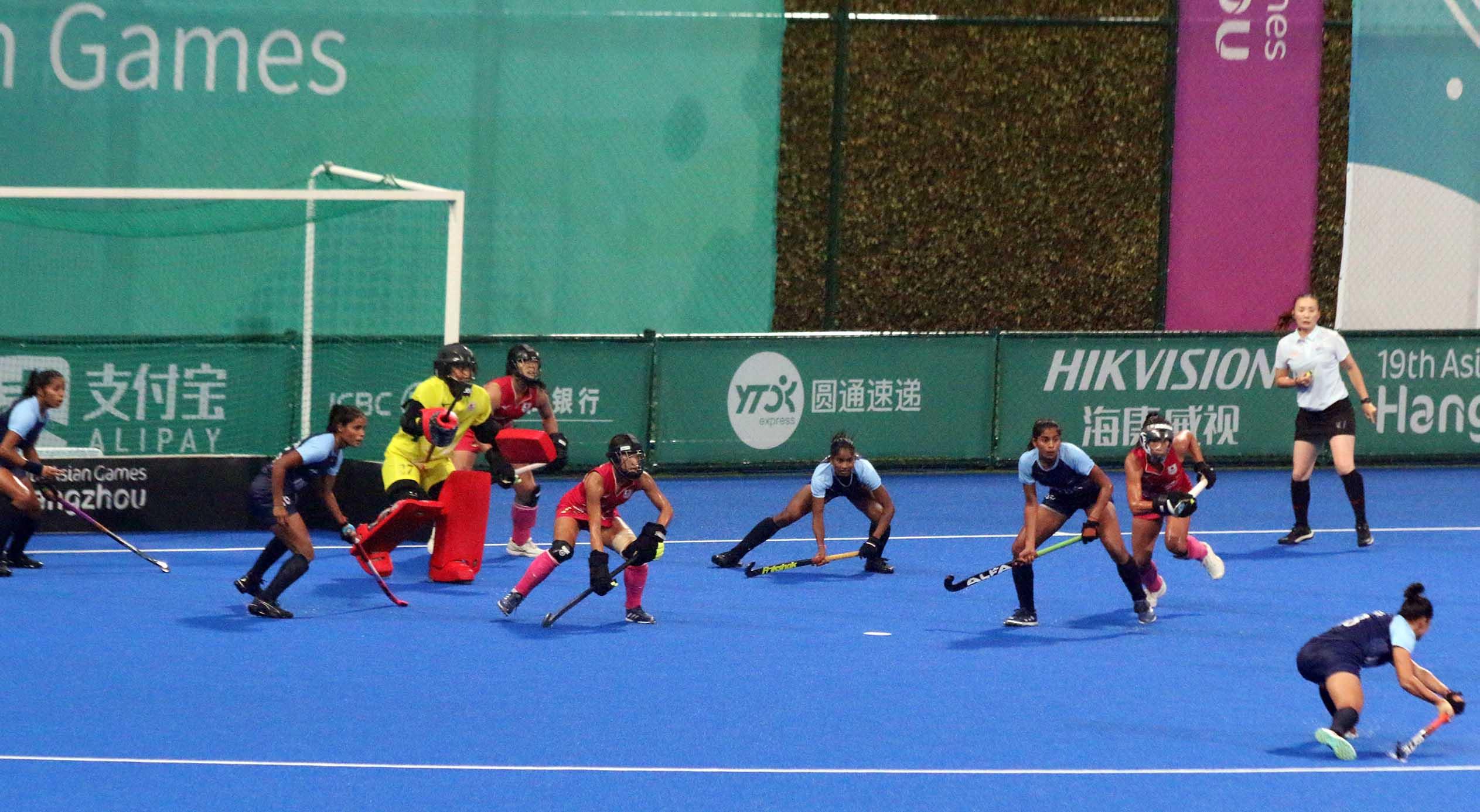
It where India failed, penalty corner execution.
When the girls won the famous quarterfinal battle over mighty Australia in Tokyo, it was perceived as the start of a new era. When they lost to Great Britain for the bronze medal in another epic battle, this view was accentuated. Justifiably and for the first time in our long history the women’s team seemed to enjoy mass support, more than the men. Captain Rampal was hailed as the symbol of not only a successful youth but also an icon of women’s empowerment.
The kind of accolades the team received were in sync with what they achieved or tried to achieve.
They fought and lost the semi-final and the bronze medal encounters at Tokyo. It brooked huge and unprecedented public support.
Then came Hangzhou.
India romped to victories against far weaker opposition in the pool (13-0 over Singapore & Hong Kong China and 6-0 against Malaysia). The crucial match against South Korea ended 1-1 but the superior goal difference took India to the top of the pool. Japan’s 2-0 win over China took the defending champions to the top of the pool. This meant that India clashed with the hosts in the semifinal.
How could an experienced team, top seeded one, go down so badly in the semi-finals? Was the team in a mental frame befitting the occasion? Certainly not. The moot point is, why?
If defence was the strategy, should it have been that long? It went on for 40 minutes before Savita’s team woke up to the fact that there was a match to be won.
Here too, the way India negotiated the first penalty corner it got (40th minute), for instance, stands out from analytical point of view. The process confused India more than their rival, one might say. Perhaps experimentation was on view: At least four moves were made with stopping the pushed ball before the last one was blocked by the China’s defence! Obviously no rival would have allowed so many short moves in a penalty corner drill. The moves were not goal bearing, so they were. If the team thought this is a trump, no, it was a trauma and demotivating factor.
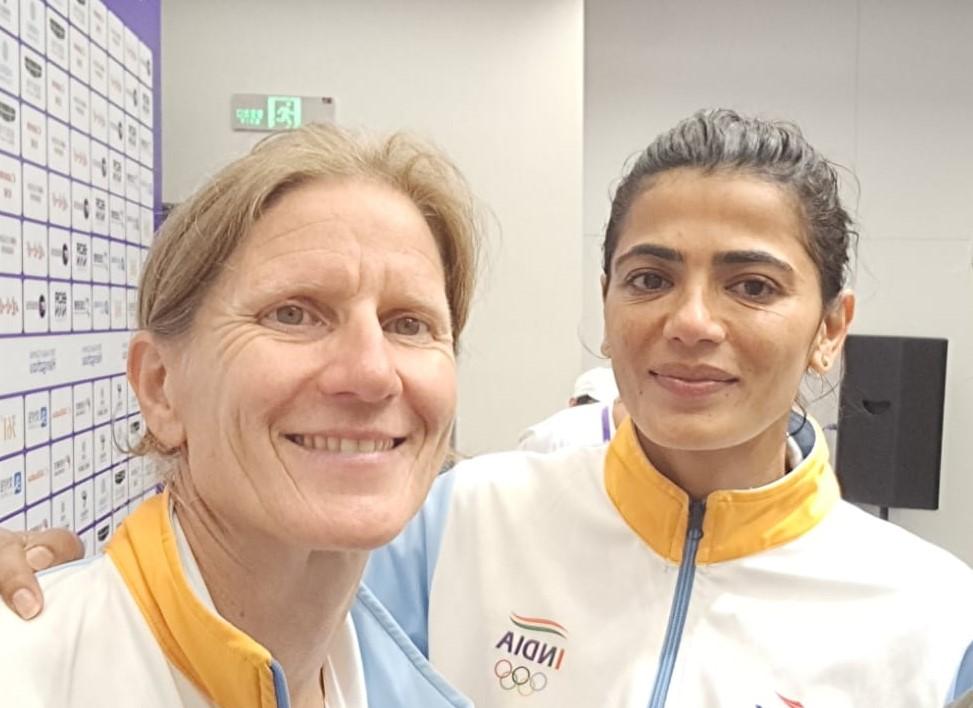
Coach Janneke Schopman and captain Savita
Here, it encountered strange penalty corner interpretations by umpires, at least according to some players. The Indian girls began clawing back into the game in an attempt to neutralize a 0-2 scoreline. They exerted the high press, created chances and forced a flurry of penalty corners – two of which resulted in disallowed goals for the ball going above the boards with the “first hit” in the set piece.
The result (0-4) came as a shock for everyone who followed women’s hockey closely. Why did India produce mere run-of-the-mill fare on a crucial day? Why did our women, undoubtedly the most experienced side in the fray (9 from last Asiad, collective caps 2143, 9 had 100+ caps), fall short in terms of mental toughness and attitude? Why did not they compete like Tokyo days?
They were subdued, perhaps overawed by the opponents, whose recent win-loss history was anything but glossy.
“We played badly,” was coach Jenneke Schopman’s reflection on the match and quite rightly so. The team seemed to lack fire in the belly for 40 minutes. India seemed nervy, committed unforced errors, failed to trap cleanly and later misfired at penalty corners.
China, who beat South Korea 2-0 in the final, are coached by the legendary Australian Alyson Annan with her compatriot and guru Ric Charlesworth in the panel along with former Dutch drag-flicking sensation Taeke Taekema. They were all over the pitch, sharp and domineering. Our girls, by contrast, were sluggish and seemed to lack focus and intent.

Bronze winning Indian women’s hockey team
In the entire first half, India played second fiddle on possession. Their midfielders failed to win the ball often enough and the subsequent paucity of opportunities meant the Chinese defence encountered little pressure.
China, on their part, were precise in attack, created opportunities and made their PCs count. India got into the act nearing the third quarter and laid siege to the China goal for around 10 minutes on either side of the break. But half a dozen penalty corners came to nought. One broke down after a faulty trap but Plan B didn’t produce a goal, according to Schopman.
Indian women did not play with a mindset of do or die, and it is recurring. It lost first three matches in Tokyo, but the team fought every match with precision and it was quite expected the team would fight further which they did. The Tokyo vibes were missing in Hangzhou.
It’s here that the players let us down. There were four playing their third Asian Games compared to just two in the men’s side. They did not lead from the front. Except for Deep Grace Ekka others failed to make an impact. The team did not have a genuine drag flicker, Deepika was a start up there. Nor did we have a straight hitter in the mould of Rani Rampal especially against strong teams.
It will be in the fitness of things that girls start delivering. The inexplicable dip in form when playing in a semi-final does not augur well. It’s time they emulate their male counterparts in terms of winning titles.
The failure to win gold at Hangzhou now brings on the pressure of qualifying for the 2024 Paris Olympics.
Schopman, however, looked at the positives. “It was a tough meeting after the semi-final defeat. We are aware of what took place in the game and we want to look forward as a team,” she said.
Schopman is pleased with the promise shown by Deepika as a drag-flicker and feels she’s an effective complement to Deep-Grace Ekka. “I want to reach a PC strike rate of about 25 per cent,” Schopman said. “Our PC defence is improving, and so are our variations.”
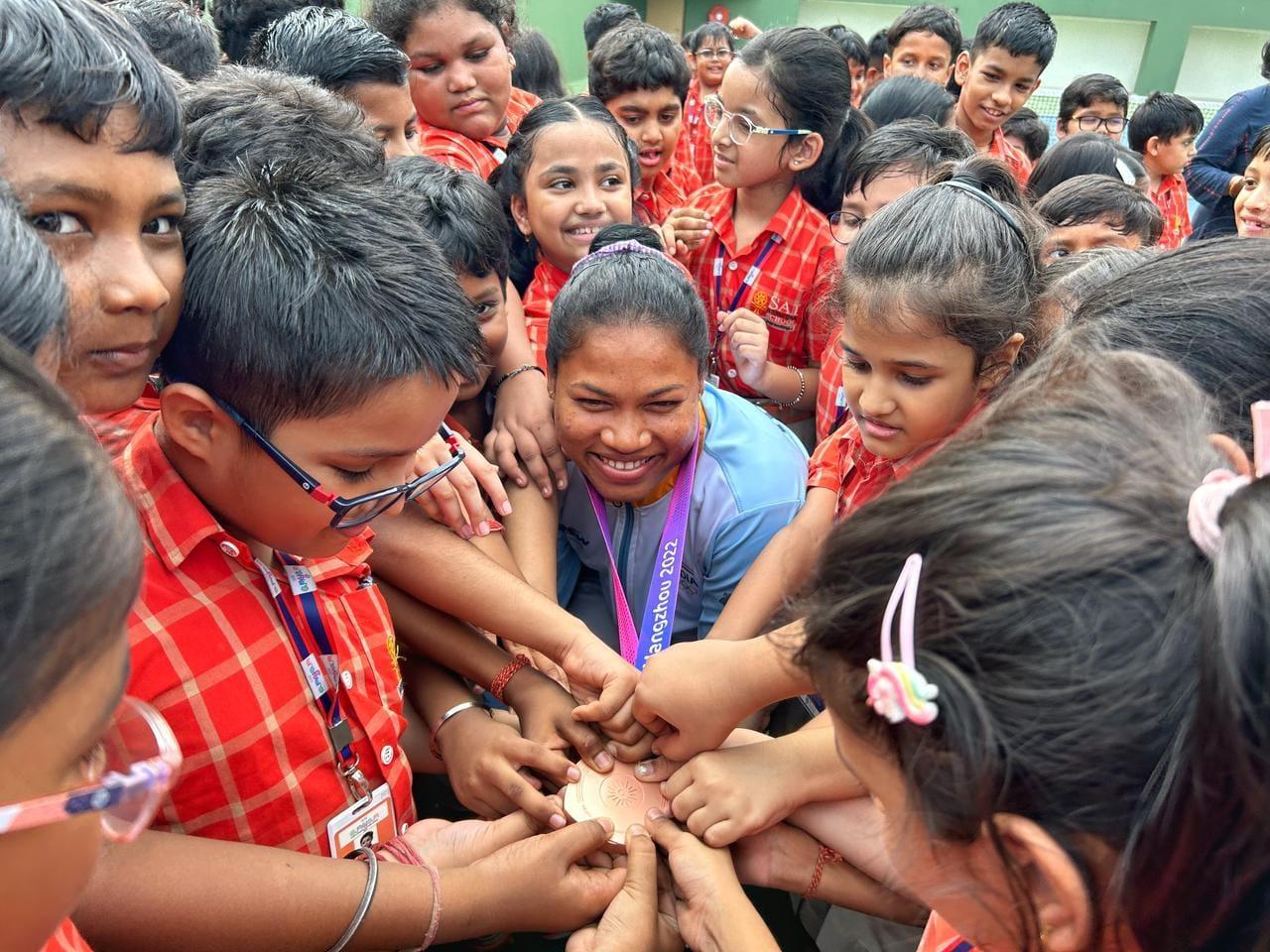
Deep Grace Ekka surrounded by fans on return, well deserved acclaim Photo: Odisha Govt.
However, in the principal matches vs Korea, China and Japan, India forced 22 penalty corners that yielded only two goals directly from the set-piece. They defended 13 penalty corners in the said matches, conceding three goals (all against China out of eight PCs).
Schopman’s optimism should go along with intense introspection to fix things in the run-up to the Olympic qualifying tournament in January. The familiar Chalta hai attitude should be admonished and banished.
The starting point could be the Asian Champions Trophy in Ranchi later this month.
Its better for women’s hockey development in India that its elite team deliver. Asian Games is the most important tournament for field hockey after only to Olympics. Continued failure for more than four decades does not augur well for the forward looking Indian dispensation. Stern message should go to players and coaches to deliver.
The idea is not to drop players or sack the coaches, but drill in the entire team a professionalism that could bring appropriate results on world stage.
www.stick2hockey.com is India’s oldest hockey website. Launched in 1999, the website, edited and owned by hockey historian and author K. ARUMUGAM, has covered all
major tournaments and events with precision. www.stick2hockey.com is the first site in the hockey world to bring viewers live text commentary and duly entered the prestigious Limca Book of Records. If vintage stories are what you are looking for, this site is the right one for you. You will also find pictures, some of them among the rarest, images of precious newspaper clippings, match reports, news breaks, interviews, features, statistics and history on a site respected by one and all in the hockey world.

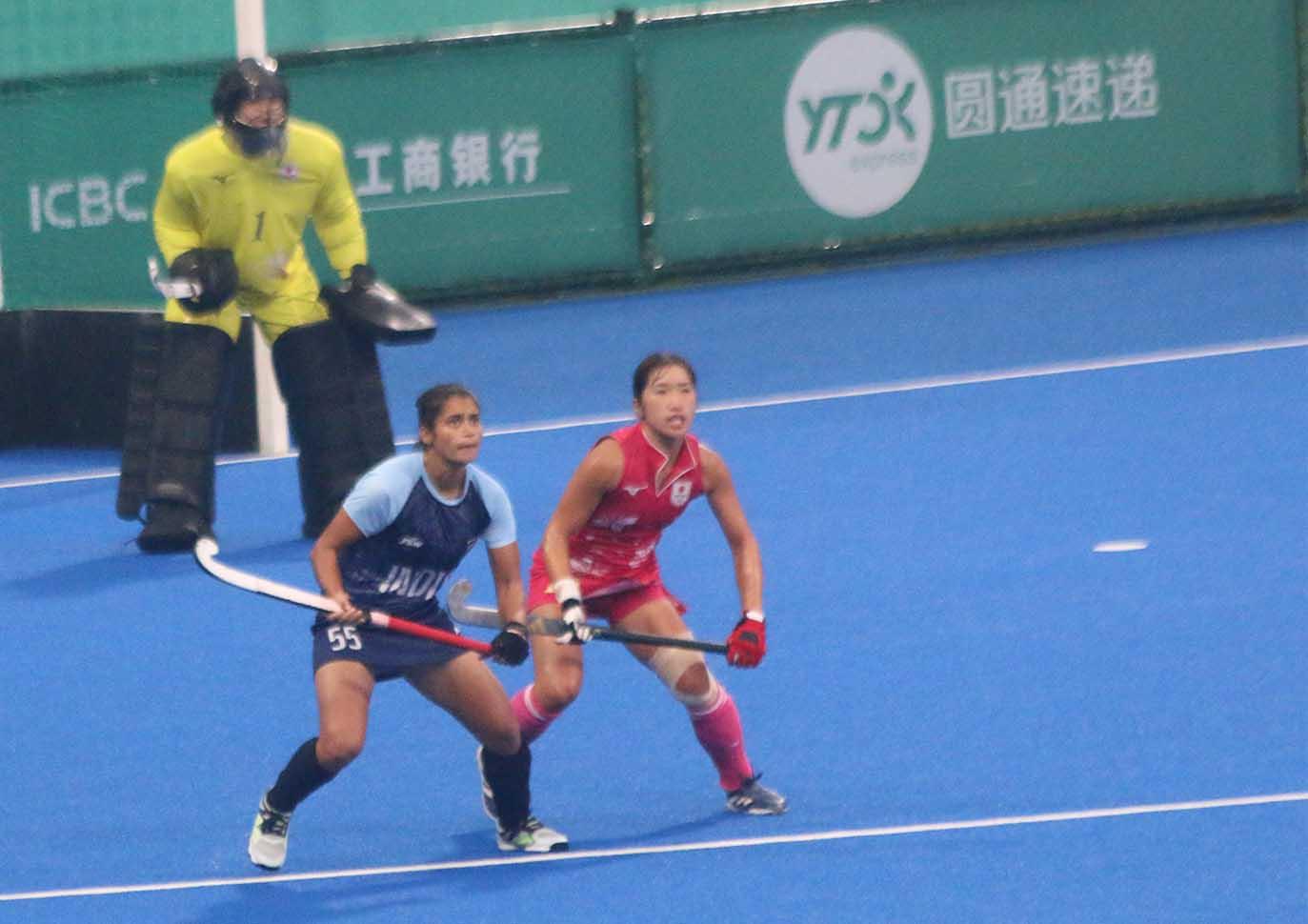
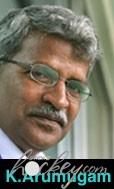 major tournaments and events with precision. www.stick2hockey.com is the first site in the hockey world to bring viewers live text commentary and duly entered the prestigious Limca Book of Records. If vintage stories are what you are looking for, this site is the right one for you. You will also find pictures, some of them among the rarest, images of precious newspaper clippings, match reports, news breaks, interviews, features, statistics and history on a site respected by one and all in the hockey world.
major tournaments and events with precision. www.stick2hockey.com is the first site in the hockey world to bring viewers live text commentary and duly entered the prestigious Limca Book of Records. If vintage stories are what you are looking for, this site is the right one for you. You will also find pictures, some of them among the rarest, images of precious newspaper clippings, match reports, news breaks, interviews, features, statistics and history on a site respected by one and all in the hockey world.

Can anyone explain as to why Rani Ramphal is being left out after none of the current strikers admeasure up to her?. Hockey India president Dilip Tirkey and the coach need to come clean. It is high time else we only wasting precious time. China got Alysson Annan to coach them and they have turned tables on us in months. Please explains
.
Thanks for your comment. Appreciate your views too. As you mentioned, only those in the powers should explain. However, our point is slightly different in the sense that despite having Rani Rampal that too as captain India did not win Gold at the last Asian Games. The larger question therefore is why we did not win gold after 1982! Regards
It is more about mind set . At times we do jot want to concede goals . Mindset to be changed to we will score two more than we concede.
Players need to ask theirseles are they better player than RANI ? Need to take strong steps. Players not performing need to show the way out but still non perfroming players getting the call for CAMP. Goalkeeper should not be the captain,it media made teh hype of Sreejesh ,there are more unsung heroes in team always.